Clouded leopards are medium-sized cats native to Asia. They are listed as Vulnerable, and it is believed there are fewer than 10,000 mature cats alive today. These cats are found in isolated pockets of Asia, and their population numbers are on the decline. Read on to learn about the clouded leopard.
Description of the Clouded Leopard
These cats are named for the large, cloud-like outlines that pattern their fur. They have a beautiful grey or tan coat, with black and dusky-colored blotches. They have solid spots on their faces, necks, underbellies, legs, and tails. Their legs are short and stout, with broad paws and slightly longer rear limbs. Longer rear legs give the cats more powerful leaping ability.
Interesting Facts About the Clouded Leopard
These beautifully marked, stealthy, and stocky creatures are well equipped to hunting and survival. They have a number of adaptations to aid in survival, hunting, and capturing prey.
- Vampire Cat – No, clouded leopards do not suck blood … however, they do have incredibly long canine teeth. In fact, these predators are equipped with the longest canine teeth relative to body size in any cat! This gives them the nickname “modern-day sabre-tooth” in the scientific community.
- Climbing Cat – This nimble predator uses its long tail, low center of gravity, and powerful legs to climb trees. They are quite adept at climbing, and perfectly comfortable crossing narrow branches. Clouded leopards can comfortably leap up to 4 ft. high to get into a tree, or to another branch.
- Arboreal Animals – Not only are these felines efficient climbers, but they also spend most of their lives in the trees. They hunt, rest, and roam through the tree branches, avoiding the ground unless they are pouncing down on prey.
- Superbly Supinated – Clouded leopards are capable of supination, this means that they can rotate their ankles while climbing. This means that these skilled cats can climb down trees headfirst. They are even able to hang by their rear legs, and grab with their front paws.
Habitat of the Clouded Leopard
Clouded leopards are elusive creatures. They are difficult to study in the wild because they are incredibly proficient at disappearing into the underbrush before being seen. Researchers believe that these cats live predominantly in lowland tropical rainforests, but they are also recorded in secondary forests and dry woodlands as well.
Distribution of the Clouded Leopard
These cats can be found in small pockets across Asia. There are small populations in Nepal, mostly in the Shivapuri Nagarjun National Park. They have been recorded in India, Bhutan, and occasionally in Bangladesh, Thailand, and Malaysia. Each population is believed to contain fewer than 1,000 mature individuals.
Diet of the Clouded Leopard
While hunting in the trees, these predators can drop down onto the backs of their prey, and bite the back of its neck. This allows these relatively small cats to take down large hoofstock. To hunt in the trees, clouded leopards must wait in ambush on commonly used paths. They have also been known to hunt on the ground. Some of their most common prey includes monkeys, wild pigs, squirrels, and birds.
Clouded Leopard and Human Interaction
Beautiful camouflage does not always benefit an animal. These cats were, and are, commonly poached for their unique coat pattern. Combine illegal hunting with extreme habitat loss, and these cats are in a steady decline.
Because tiger parts are becoming scarce in Traditional Chinese Medicine, clouded leopard parts are being used instead. Thankfully, researchers have begun to have success with captive breeding programs of clouded leopards.
Domestication
These cats have not been domesticated in any way.
Does the Clouded Leopard Make a Good Pet
Clouded leopards are a protected species – owning, hunting, or harming them is highly illegal.
Clouded Leopard Care
In zoos, clouded leopard enclosures contain plenty of space for exercise. They are also provided with various climbing opportunities to help replicate their wild lifestyle.
Their diet consists of a commercially produced zoo carnivore diet, and beef knuckle bones. They are also provided with a variety of enrichment in the form of toys, water sources, puzzle feeders, and even ice blocks with frozen papaya inside!
Behavior of the Clouded Leopard
Very little is known about the social life and behavior of clouded leopards. They are difficult to study in the wild because of their secluded lifestyle and elusive behavior. It is believed that these cats are solitary unless they are caring for cubs.
They spend most of their time in the trees, and use scent marking to communicate with one another. When a female is receptive to mating, she will scent mark around her territory and wait for a male.
Reproduction of the Clouded Leopard
Breeding behavior of these cats has only been seen in zoos. Males are twice as large as females, and can potentially injure or kill them during courtship. Females are cautious about interactions, and choose their mate very carefully.
The female will usually give birth to a litter of three cubs after about three months of gestation. She will teach the cubs to eat solid food by the time they are 10 weeks old, but they will not be weaned until they are 14 weeks. It can take two years or more for the young cubs to become fully independent.

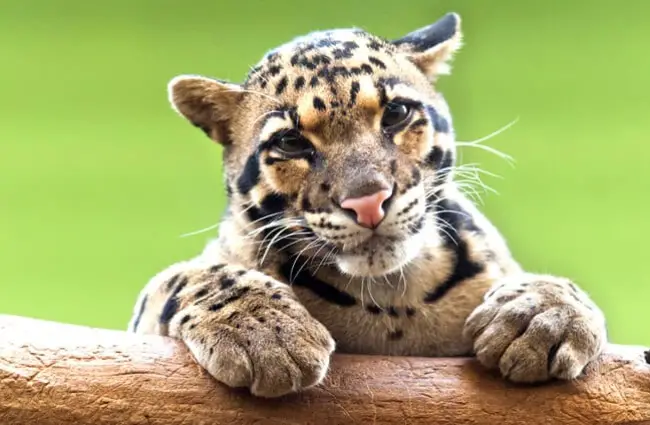



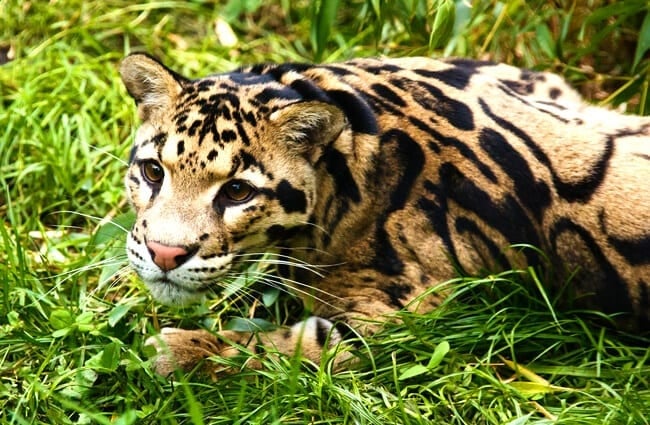
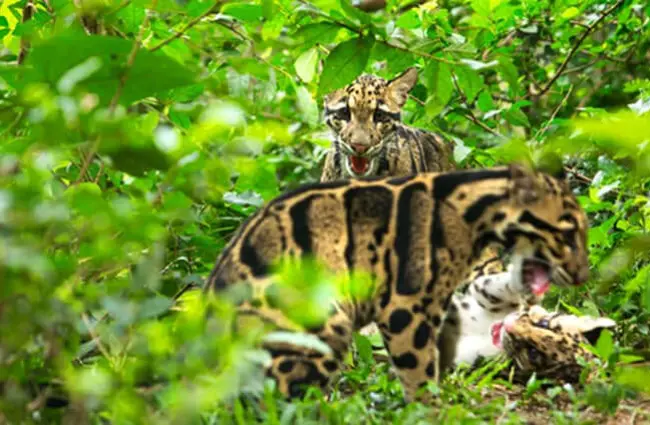
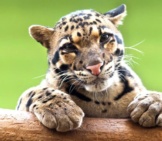

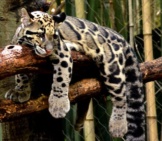


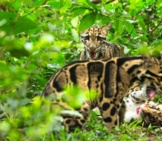
![Red Angus Closeup of a beautiful Red Angus cowPhoto by: U.S. Department of Agriculture [pubic domain]https://creativecommons.org/licenses/by/2.0/](https://animals.net/wp-content/uploads/2020/03/Red-Angus-4-238x178.jpg)












![Red Angus Closeup of a beautiful Red Angus cowPhoto by: U.S. Department of Agriculture [pubic domain]https://creativecommons.org/licenses/by/2.0/](https://animals.net/wp-content/uploads/2020/03/Red-Angus-4-100x75.jpg)

